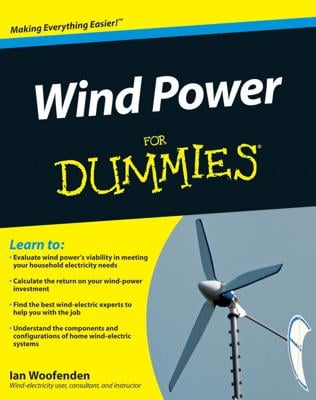Hydroelectric power installations harness the energy contained in flowing water to produce electricity. Hydroelectric power is considered a renewable energy source because the water isn’t consumed during the process and because water is part of a constantly regenerating natural cycle. It also doesn’t produce greenhouse gases.
Hydroelectric power stations work when flowing water runs through a turbine, which spins the rotor of an electricity generator and creates a magnetic field that induces an electric current.
![A turbine spins a rotor to produce electricity from water. [Credit: Corbis Images]](https://www.dummies.com/wp-content/uploads/92146.image0.jpg)
Despite drawing power from a natural resource, hydropower certainly has an effect on the environment:
The reservoirs created by dam-type hydroelectric plants destroy a significant amount of natural space, displacing vegetation, wildlife, and even people.
Power plants create major difficulties for migratory fish, which can get sucked into the turbines or find their paths blocked.
Hydroelectric plants can alter the gas composition of water that flows through them and can trap organisms in the still water of the reservoir, affecting the health of the wildlife that uses the river.
![A hydroelectric plant provides power from water. [Credit: Photodisc]](https://www.dummies.com/wp-content/uploads/92147.image1.jpg) Credit: PhotodiscA hydroelectric plant provides power from water.
Credit: PhotodiscA hydroelectric plant provides power from water.
Hydroelectric power can be adapted for everything from large-scale utilities that provide power to cities by damming water in a reservoir to small-scale single-home systems that draw power from a turbine placed in a free-flowing stream of water.

